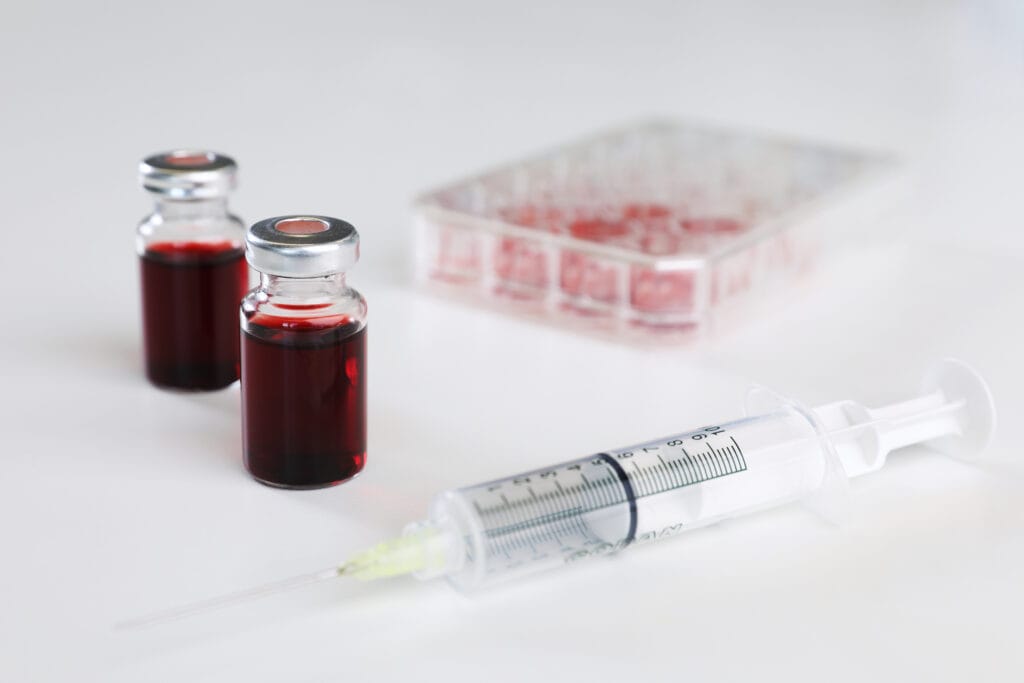News
November 18, 2020
BioVersys announces first subjects dosed in phase 1 clinical trial of BV100

Basel, Switzerland. November 18, 2021. 09:00 CEST
BioVersys has reached a major milestone by entering clinical development with the start of Phase 1 testing of BV100 in healthy volunteers.
BioVersys AG, a privately owned, multi-asset Swiss pharmaceutical company focused on developing small molecules for multidrug-resistant bacterial infections with applications in AntiMicrobial Resistance (AMR) and targeted microbiome modulation, today announced that the first healthy volunteers have received BV100 in a Phase 1 clinical trial designed to evaluate the safety, tolerability, and pharmacokinetics of BV100 in healthy human volunteers through Single Ascending Dose (SAD) and Multiple Ascending Dose (MAD) studies.
- BV100 is a potential breakthrough hospital antibiotic to treat serious infections caused by Carbapenem Resistant Acinetobacter baumannii (CRAB) in indications of ventilatorassociated bacterial pneumonia (VABP), hospital-acquired bacterial pneumonia (HABP) and bloodstream infections (BSI), for which there are little to no effective and safe treatment options. BioVersys has developed a proprietary human IV formulation of BV100 for the CRAB hospital market and elucidated the unique mode of action that accounts for its tremendous potency and coverage of clinical CRAB isolates
- BV100 has completed GLP toxicology studies and has shown outstanding in vitro and in vivo efficacy in several animal models, with unprecedented in vitro strain coverage against CRAB and a very low propensity to develop resistance. It was granted QIDP Designation by the U.S. FDA in May 2019 for use in the treatment of VABP, HABP and BSI, making BV100 eligible for priority FDA review, Fast Track designation, and a fiveyear extension of market exclusivity upon approval of the first QIDP indication.
Dr. Glenn E. Dale, Chief Development Officer of BioVersys: “Based on its extensive preclinical data package, BV100 is expected to offer a new therapeutic option for clinicians treating patients suffering with highly resistant Acinetobacter baumannii infections for which we currently have very limited treatment options. CRAB infections are associated with extremely high mortality rates of ≥ 50% due to limited therapeutic choices and BV100 can offer a novel therapy option for use by clinicians.”
Prof. Apostolos Armaganidis, MD, Attikon University Hospital, Athens: “As a clinician of pulmonary and intensive care medicine in Athens, I am constantly faced with the issue of antimicrobial resistance. In some European ICUs, we see that Acinetobacter baumannii infections are even resistant to colistin, the last resort medicine, and thus, we are left with no further treatment options. Therefore, it is very encouraging to see BV100 progress into clinical testing as it brings great hope of a new therapeutic treatment option for CRAB patients.”
Dr. Marc Gitzinger, CEO and co-founder of BioVersys: “Today marks a significant milestone for BioVersys. As a clinical R&D company, we have taken a big step forward in our mission to bring novel life-saving antibiotics to patients suffering from drug-resistant infections, who are dependent on our solutions. The silent pandemic of antimicrobial resistance needs to PRESS RELEASE Hochbergerstrasse 60c | CH-4057 Basel | Switzerland Phone +41 61 633 22 50 | www.www.bioversys.com | info@bioversys.com be stopped before it gets so devastating that it undermines the capabilities of current modern healthcare systems.
Dr. Seng Chin Mah, Chairman of BioVersys: “The BioVersys team has been steadfast in moving the company’s lead asset BV100, which addresses critical unmet needs of hospital CRAB infections, into clinical development despite the operational challenges brought on by the Covid-19 pandemic. This singular milestone puts us firmly on track towards meeting our near-term corporate objectives. We remain committed to our multi-asset strategy of bringing novel life-saving therapies to patients with limited or no treatment possibilities, as well as continuing to build stakeholder value.”